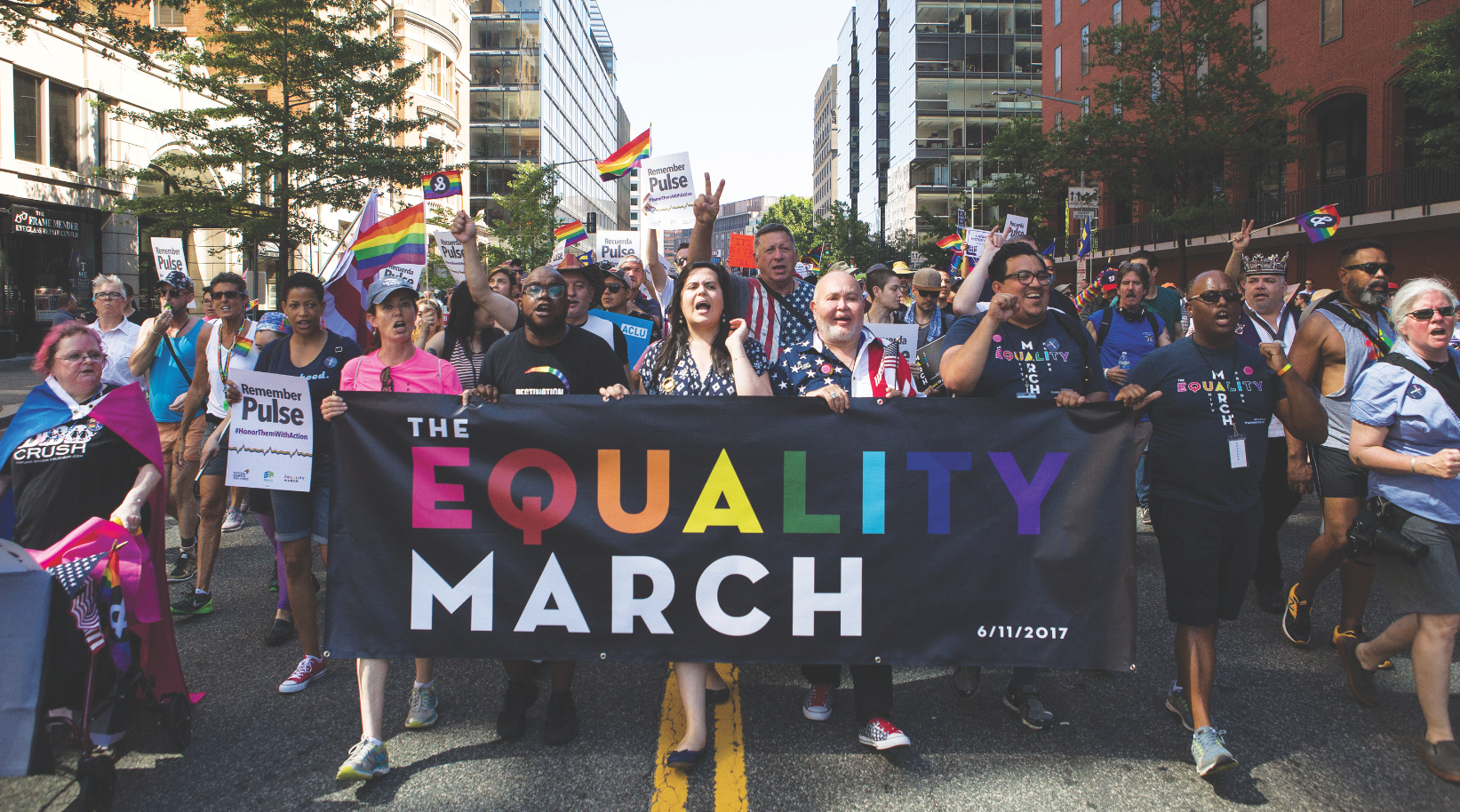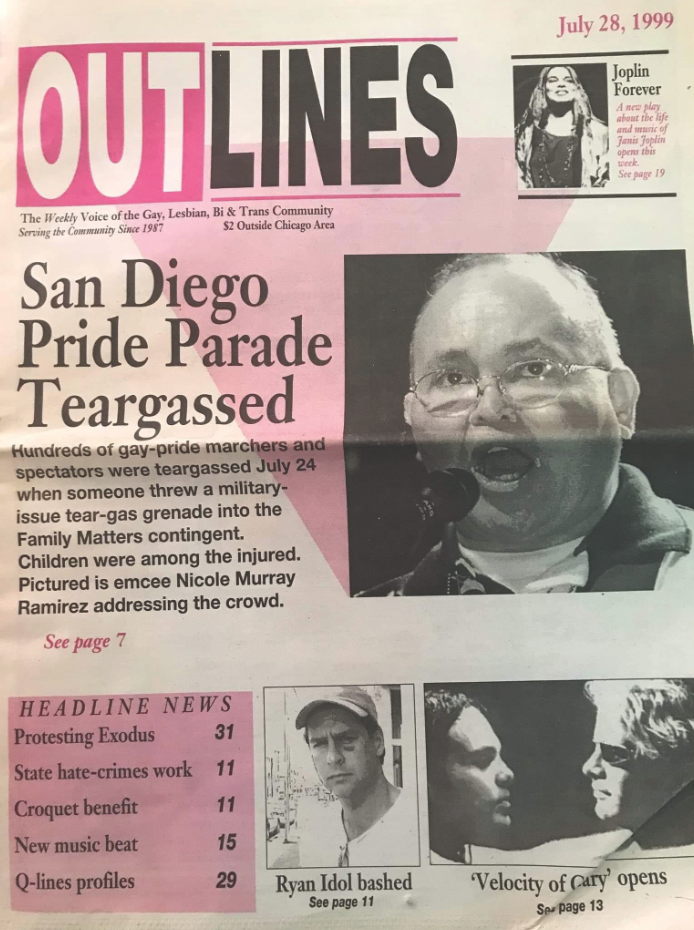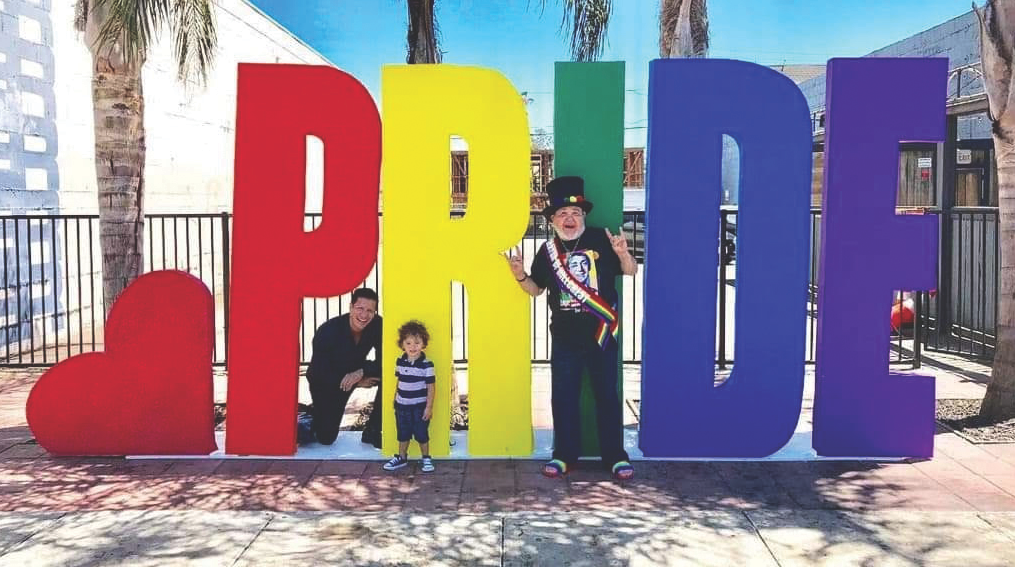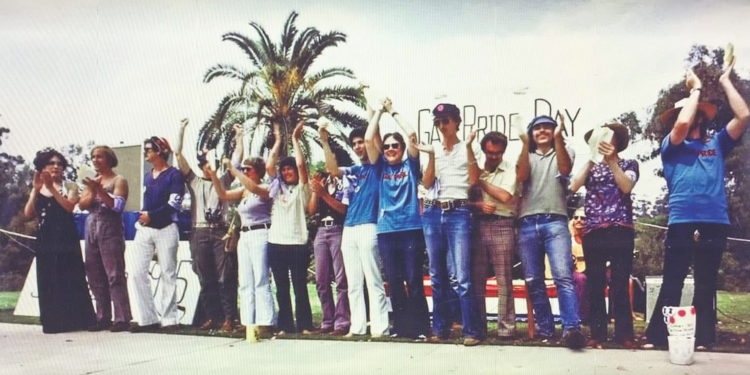As many of you know, I lived in Hollywood in the 1960s and it was certainly a lot of “sex, drugs and rock n’ roll,” which that era became famous for. I lived full time as a pre-operative Transsexual and you could count us on one hand in Hollywood — and now there are thousands of Transgender people proudly living their lives openly. Almost everyone was in the closet, as homosexuality was illegal and unwelcomed in society. Anti-Vietnam War activist Morris Knight, Metropolitan Community Church founder Rev. Troy Perry (who founded his church in his living room closet and has since gone global), photographer and director Pat Rocco, and others started to organize and build LGBTQ+ organizations and it was happening quietly but slowly in major cities across the United States. LGBTQ+ people started taking a stand against police brutality, harassment and raids in Los Angeles and San Francisco. Then, in the summer of 1969, the Stonewall Riots took place in New York City and truly awoke a sleeping giant in America, the LGBTQ community and activists. At that time, my hero was Christine Jorgensen, who became the first Transsexual woman to come out of the closet and known worldwide when she did (she was a World War II veteran who I met years later in Orange County where she settled).

But soon I became friends with Morris, Troy, Pat and many others and got involved in local activism. It was at the first Los Angeles Pride Parade in 1970 when Police Chief Ed Davis sent out his troops to harass and even attack us at times. (Interestingly enough, Davis later became a state Senator and a lone Republican to support homosexual civil rights.) Soon, cities across the country started having Pride parades but, in all reality, they were marches not parades.

I moved to San Diego and met Vietnam War veteran Jess Jessop and we both agreed that San Diego needed to have its own Pride parade/march, so I reached out to my personal attorney Tom Homann and he agreed to help us get a parade permit. In 1974, the three of us went to the downtown police station and tried to get one. The police officer at the front desk laughed at us and actually said, “There will never be a Gay Pride parade in San Diego” and said if we didn’t leave, they would arrest us (homosexuality in California was not legal until 1976). With the help of local university students, bartenders, the Imperial Court de San Diego, etc., we put out flyers and still held a Gay Pride parade/march but mostly on the sidewalks because we didn’t have a permit. I remember seeing Bridgette Wilson there and a lot of young college students. The next year, with the threat of an ACLU lawsuit, they issued us a permit that Homann would have sent to him at his office for many years. The 1975 parade/march started by the downtown train station, went down Broadway, and then up Fifth Avenue to Balboa Park where I was one of the speakers at our first Pride rally as the Reigning Empress of the Imperial Court System de San Diego. I had the honor of being the only LGBTQ+ activist to be involved in all the marches on Washington, D.C. and elected to national LGBTQ+ committees. I was especially honored in 2017 to be elected a national co-chair of Stonewall 25 in New York.


It’s been my honor to be named Grand Marshal of Pride parades in Los Angeles, Washington, D.C. and Tijuana, Mexico, and to have been asked to speak at countless Pride rallies across the country. I wish my co-founders, Jess and Tom, could have lived to see what San Diego Pride has become — from people marching with paper bags over their heads to hide their faces, to years later when the mayor, lieutenant governor, and many other elected officials began marching with Pride. The attendance has grown from about 50 people in 1974 to more than 250,000 last year!
Happy San Diego ‘Virtual’ Pride 2020!









